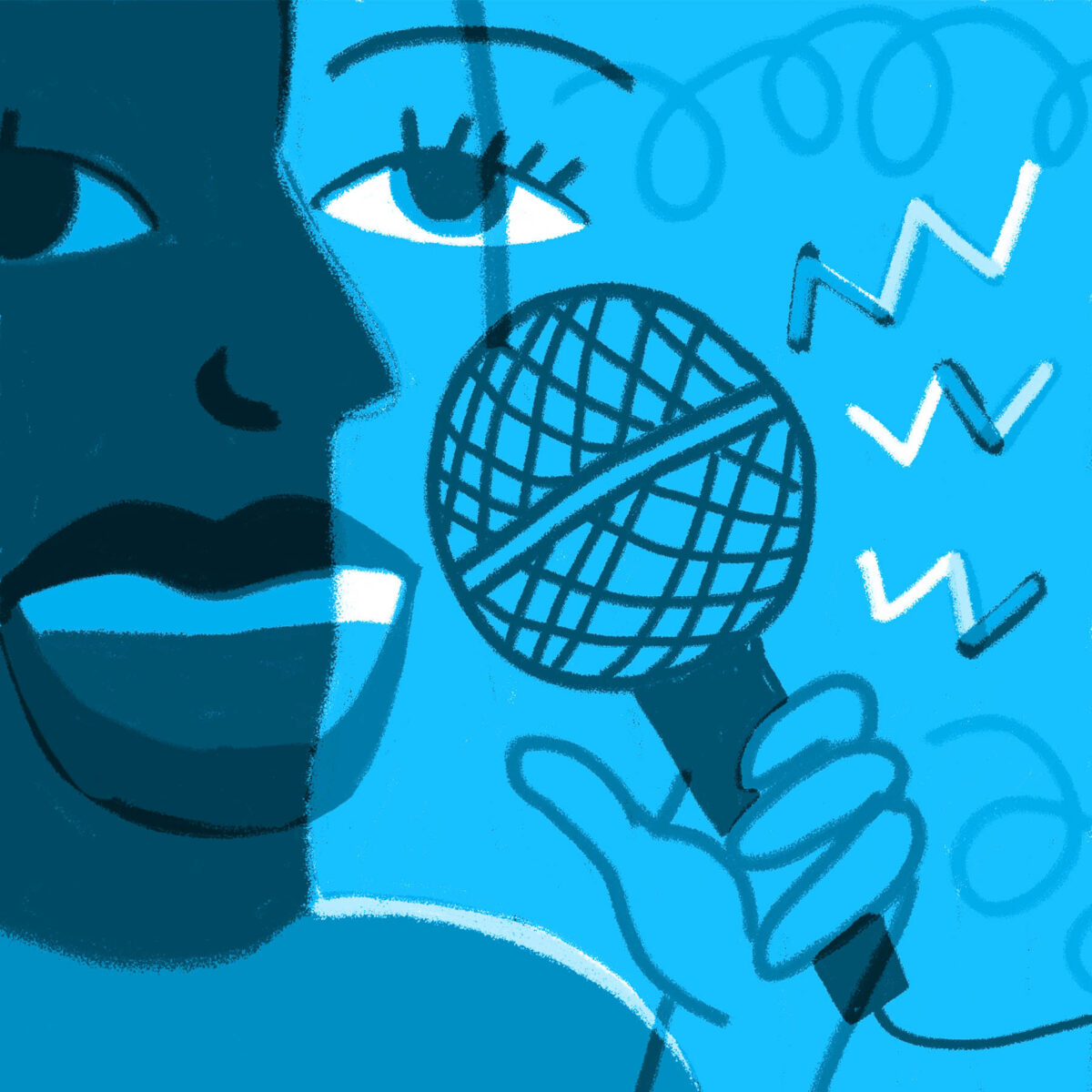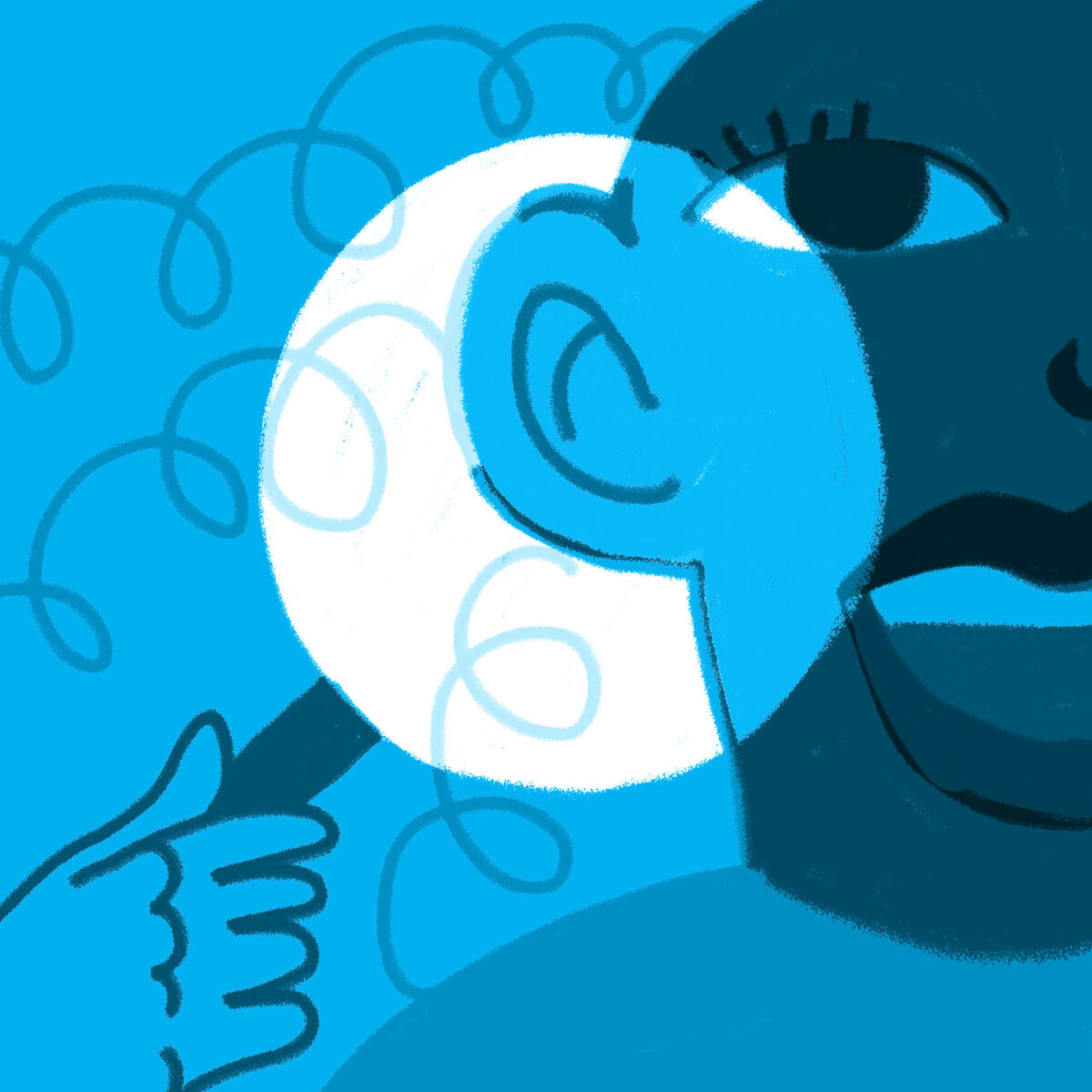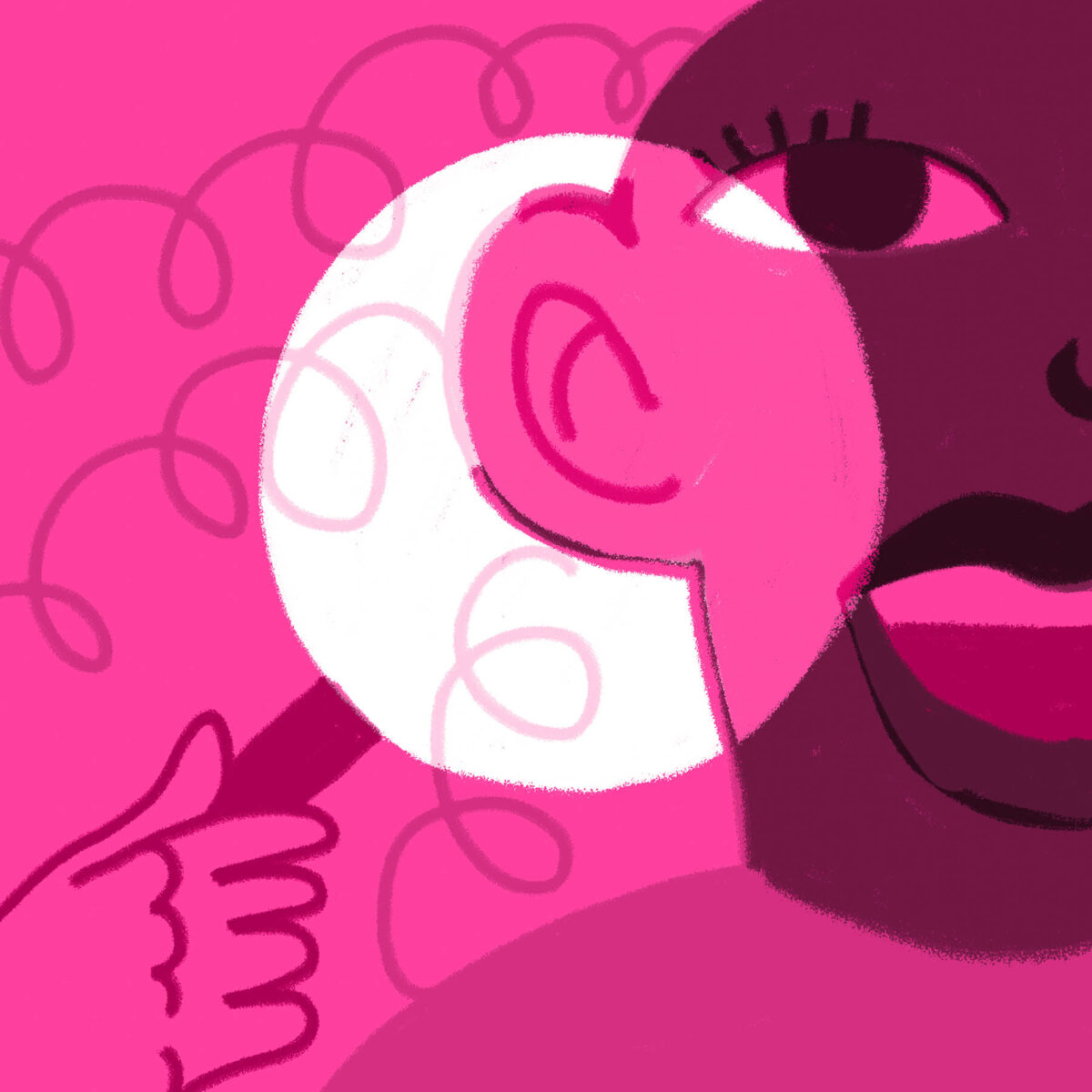Learning Objectives
By the end of this section, you will
- Be familiar with some key concepts for understanding disability
- Recognize the ableist, eugenics-based moral, charity and medical perspectives that have underpinned the rejection and devaluation of disability and difference
- Understand a range of critical models for understanding disability and difference created by theorists from the disability community
- Analyze historical and contemporary discussions and representations of disability by identifying their underlying assumptions and beliefs about disability
The ways that people think about disability and difference are not natural or neutral, but reflect historical and ongoing power differentials. In societies dominated by Western colonial values, disabled people have long faced oppression and systematic exclusion from social life. Disenfranchisement, institutionalization, and being prevented from accessing education and employment blocked many disabled people’s access to the means that would enable us to promote our perspectives (Barnes & Mercer, 2010; Fleischer & Zames, 2011). This means that stories about disability have often been told by “experts” and others without lived experience of disability or difference (Braddock & Parish, 2001; Wendell, 1996).
Thanks to many decades of disability rights and justice activism, disabled people now have much greater access to social life. We have challenged the negative stories of disability created “about us, without us,” and developed our own liberation-oriented ways of understanding disability.
Through scholarly and artistic work, this section will teach you to identify the limiting and negative understandings of disability that still inform many people’s taken-for-granted beliefs about disability. It will also introduce you to a range of critical concepts for understanding disability and embodied and enminded difference created by members of disability communities.
Author
Elisabeth Harrison
Contributors
- Dr. Jessica Watkin
- Jodie Salter
- Ingrid Mündel
- Lilith Lee
A detail from a larger illustration by Josephine Guan, of a person with curly hair speaking into a microphone. This version of the image is shown in shades of blue.








